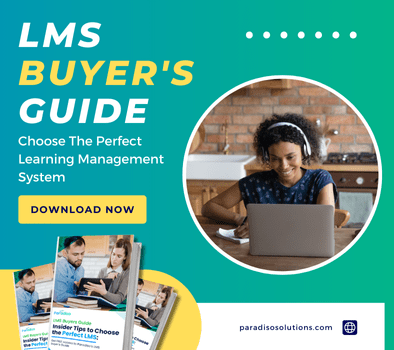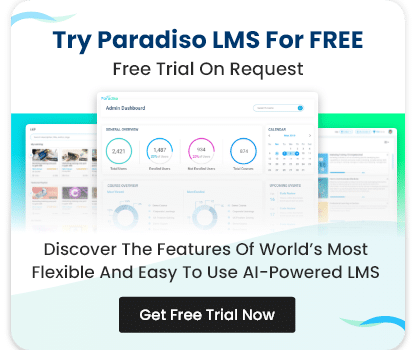Recent industry analyses indicate that while global corporations invest billions of dollars annually in employee training, as much as 60% of that investment fails to translate into tangible sales performance improvements. This gap arises not from a lack of intent or resources but from a failure to connect what employees learn with the platforms where critical customer and deal data reside.

We have
something for you!
Are you still figuring out which LMS is the best? Grab the chance to explore the LMS Buyer's Guide and get started.

















